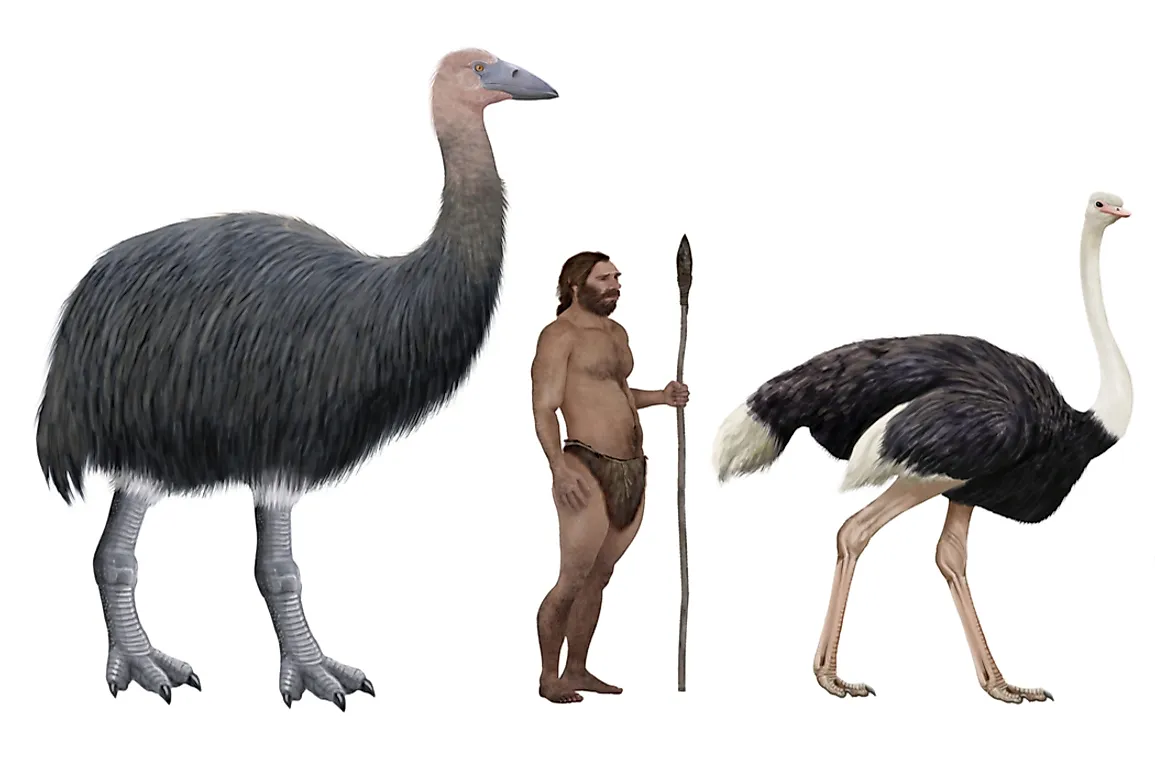Elephant Bird Facts - Extinct Animals of the World

In the 13th century, an Italian explorer Marco Polo travelled to the East, and he talked about hearing tales of giant birds during his travels. The name elephant bird is also known as Aepyornis Maximus and was derived from Marco Polo’s description of a giant bird that could grab an elephant by its claws. This description describes the Rhuk, though it does not describe the Elephant bird as the bird could not fly. The Rhuk is a bird talked about in the Middle East of whose existence is a myth. In Madagascar, the bird was named Vorompatra, which means bird of southern Madagascar. The birds were reported to be seen mostly in the less populated parts of southern Madagascar.
Physical Description
Elephant birds were giant birds that at one time lived in Madagascar Island. The elephant bird weighed between 770 to 1,100 pounds and was more than 9.8 feet tall making it the largest and heaviest bird to have ever walked the Earth. The bird looked like an ostrich but way bigger and was herbivorous. The only bird to nearly weigh the same as the elephant bird was the Dromonis Stirtoni found in Australia, they too are extinct.
Behavior
Ratites are a group of birds lacking the ability to fly. A flat breastbone lacking a keel makes these birds unable to fly, and the elephant bird was classified into this group. Evolution through the years has led to a group of birds that cannot fly. Some of the ratites include the ostrich and kiwi. The African Ostrich is the largest ratite today.
Reproduction
The bird’s egg weighed around 22 pounds with a fluid content of about two gallons and was 13 inches long, and this is reported as the largest egg ever laid by an animal. The egg could feed a whole family. Several species of the elephant bird eggs and eggshells have been discovered and collected to be preserved in different museums around the world.
Extinction
The birds went into extinction either in the 17th or the 18th century. Humans are believed to have caused the extinction of the birds. Archaeologists have found remains of the bird’s eggshells in human fires indicating that the eggs were a source of food for humans at the time. The birds were also hunted for food. Agriculture and the growth of human population leading to humans needing more land to inhabit may have destroyed the habitats of the bird homes also leading to their extinction.











